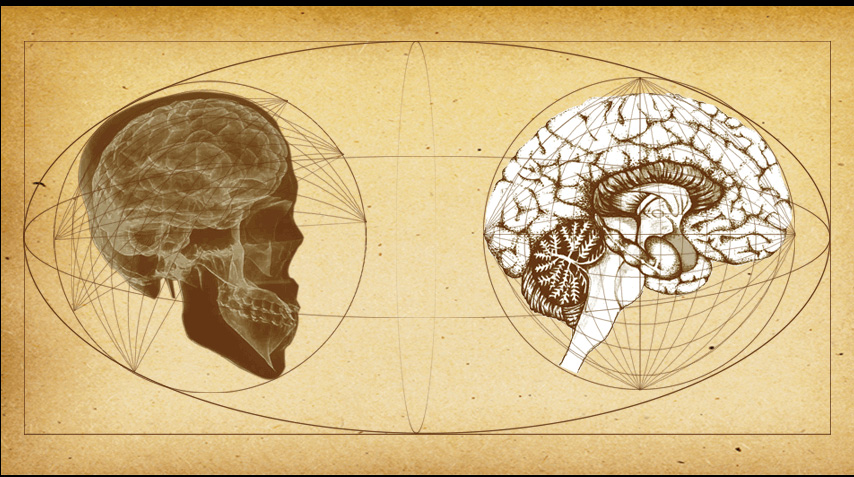Diffuse Intrinsic Pontine Glioma

- What is Diffuse Intrinsic Pontine Glioma (DIPG)?
Diffuse Intrinsic Pontine Glioma (DIPG) is a malignant tumor found in the brain stem, the part of the brain that controls many vital functions. DIPG affects children of both sexes equally and is typically diagnosed in patients ages 5-9 and accounts for 10-15 percent of all childhood central nervous system (CNS) tumors. The prognosis is grim with survival beyond 12 months being rare.
- How is DIPG Detected?
Because these tumors grow so quickly, most patients develop symptoms over a couple of weeks. Each child may experience different symptoms, but common complaints
include:- Double vision with crossed- eye movements and asymmetric facial expressions
- Weakness in the arm and leg on one side of the body
- Impaired ability to walk and loss of balance
- Headache, fatigue, or vomiting, most commonly in the morning are typical symptoms of hydrocephalus (build-up of fluid pressure in the brain)
These symptoms typically lead to a CT or MRI of the brain. MRI is usually confirmatory and further diagnostic tests or biopsy are rarely needed.
- What Are the Treatments for DIPG?
If a child has hydrocephalus, which is only present in about 1/10 children at the time of diagnosis, then surgical treatment is needed (shunt placement or third ventriculostomy). These treatments almost immediately result in some improvement in symptoms.
The use of steroids (dexamethasone) taken by mouth are commonly started after diagnosis and result in some improvement of symptoms.
Surgical biopsy, while possible, is seldom necessary to establish a diagnosis. A biopsy is very definitive for tumor and molecular/genomic characterization. A biopsy may also be necessary for inclusion in some clinical trials. Unfortunately DIPG is not amenable to surgical removal, owing to its highly invasive growth pattern. Radiation therapy usually involves 5 weeks of outpatient treatments. This is the mainstay of treatment. Radiation therapy commonly results in improvement of the symptoms and MR appearance of the tumor. Unfortunately this benefit is only transient and tumor recurrence is the rule after several weeks to months. Thus far, no chemotherapy regimen has been able to increase survival in children. Early phase clinical trials are currently focusing on novel therapy approaches, including molecularly-targeted therapy, epigenetic/histone modification agents, and local delivery strategies, including convention enhanced delivery (CED) and intra-arterial (IA) delivery.
- What is the Expected Outcome after Treatment for DIPG?
The prognosis for DIPG is abysmal. Median survival is about 1 year. Only 1 out of 10 children may survive past 2 years.
Subscribe to Our Newsletter
Cristian Rivera Foundation | PO Box 656, Edgewater, NJ 07020
Cristian Rivera Foundation © 2020. All Rights Reserved. Designed by Rivera Marketing and Media Group
No Refunds. Payments referred to herein shall not be refundable under any circumstances, including but not limited to the termination of this Agreement for whatever reason.
Shipping: Business days are Monday through Friday, excluding holidays determined by common and other freight carriers. For each individual order, we select a shipping method that will provide both value and speedy delivery. Standard shipping methods include the United States Postal Service. Please note that customers outside Canada shall be responsible for the payment of any import taxes, duties, tariffs or similar charges which may be imposed over and above ordinary shipping charges.



